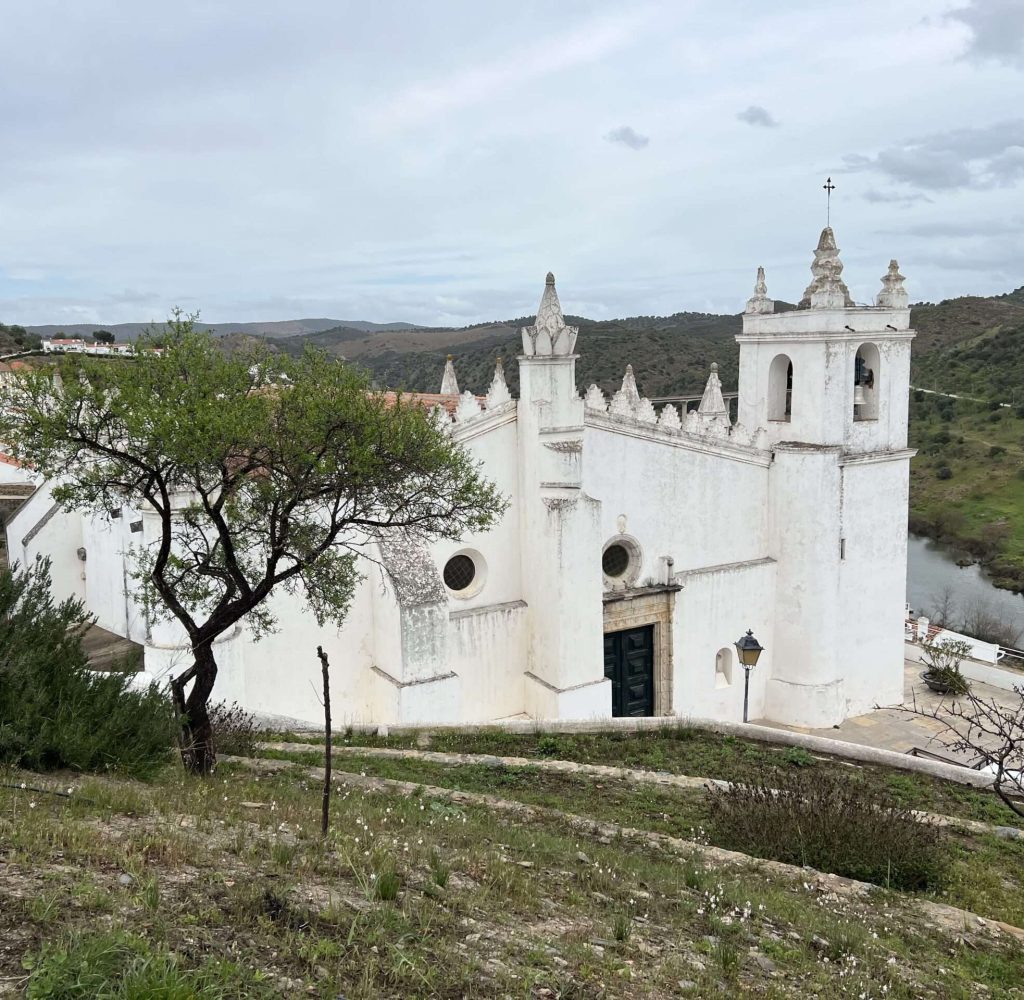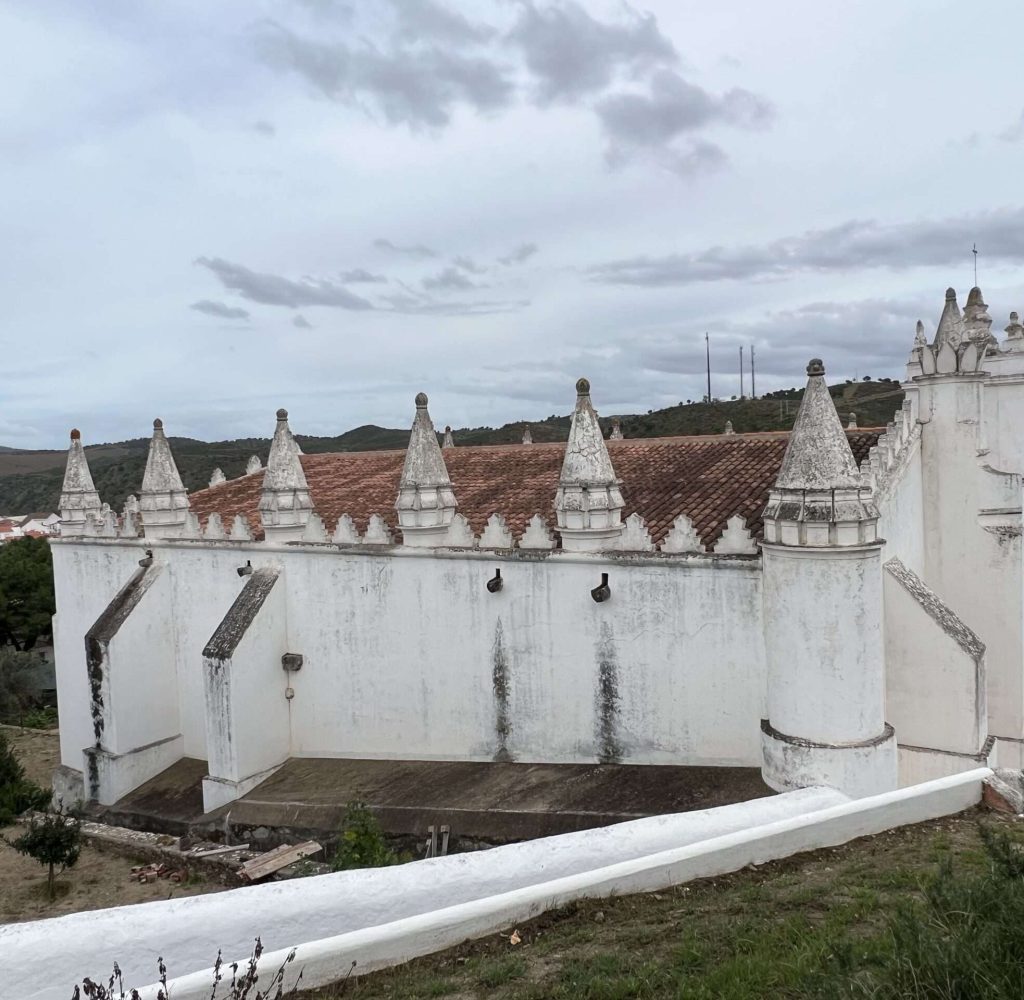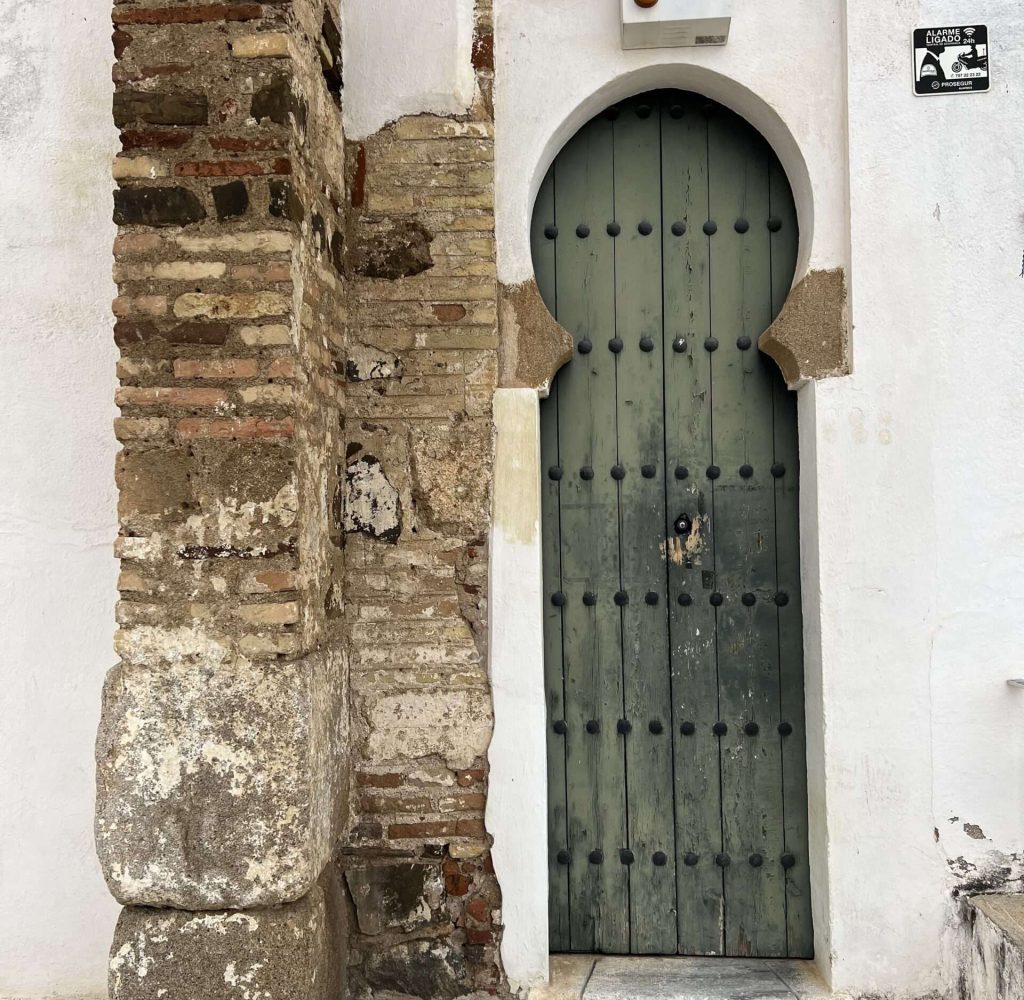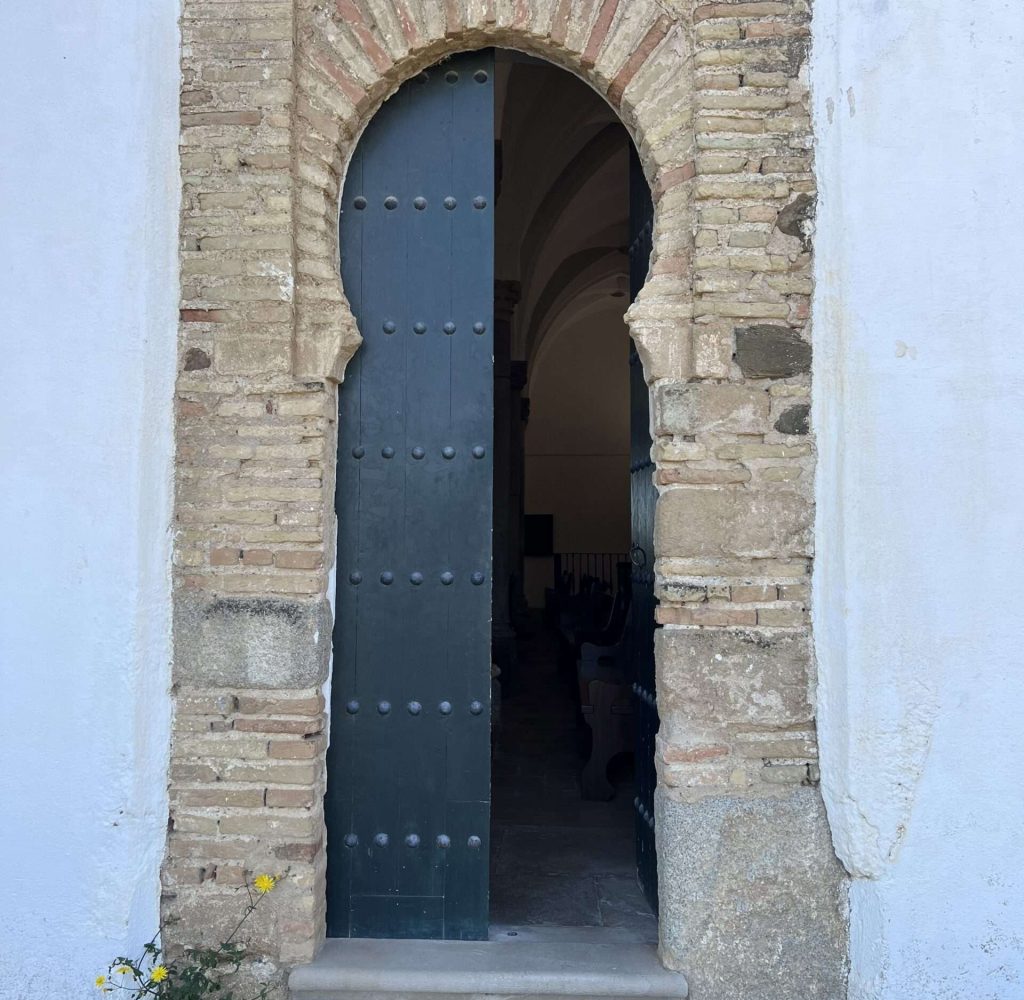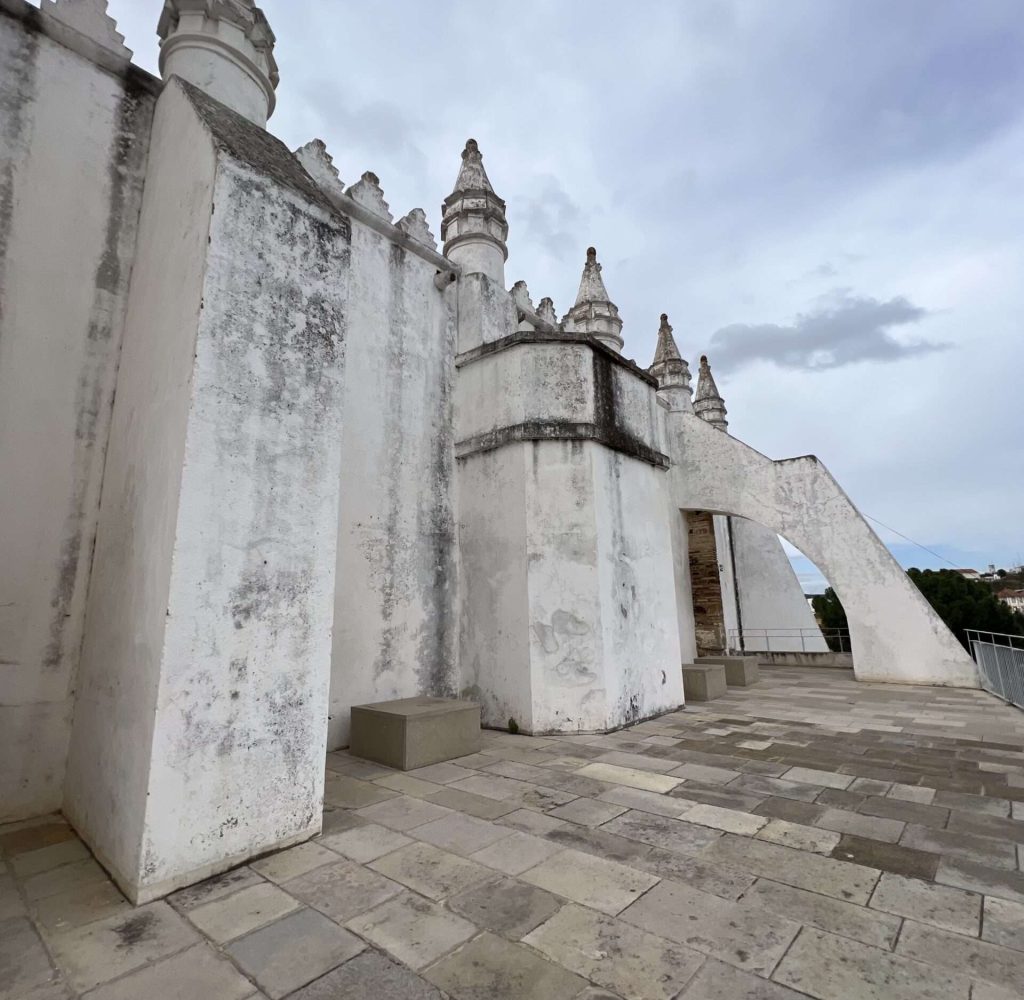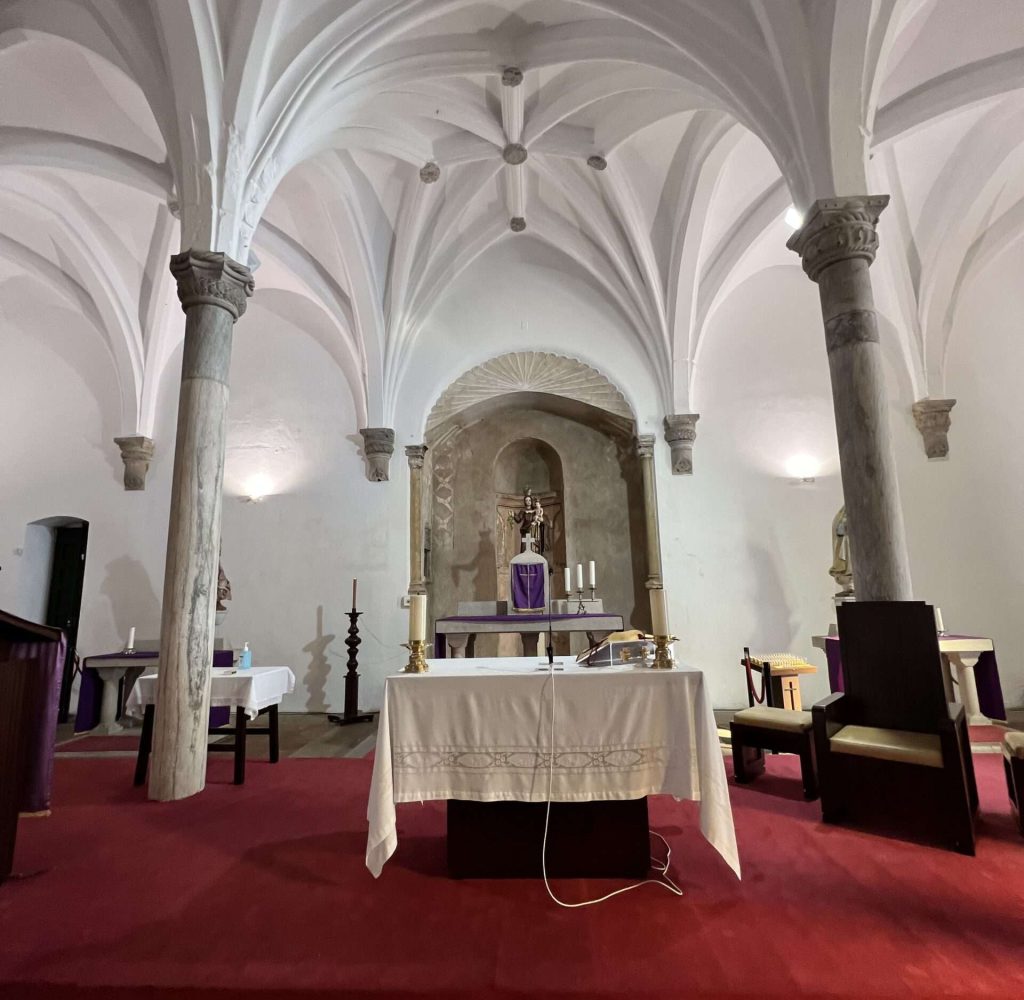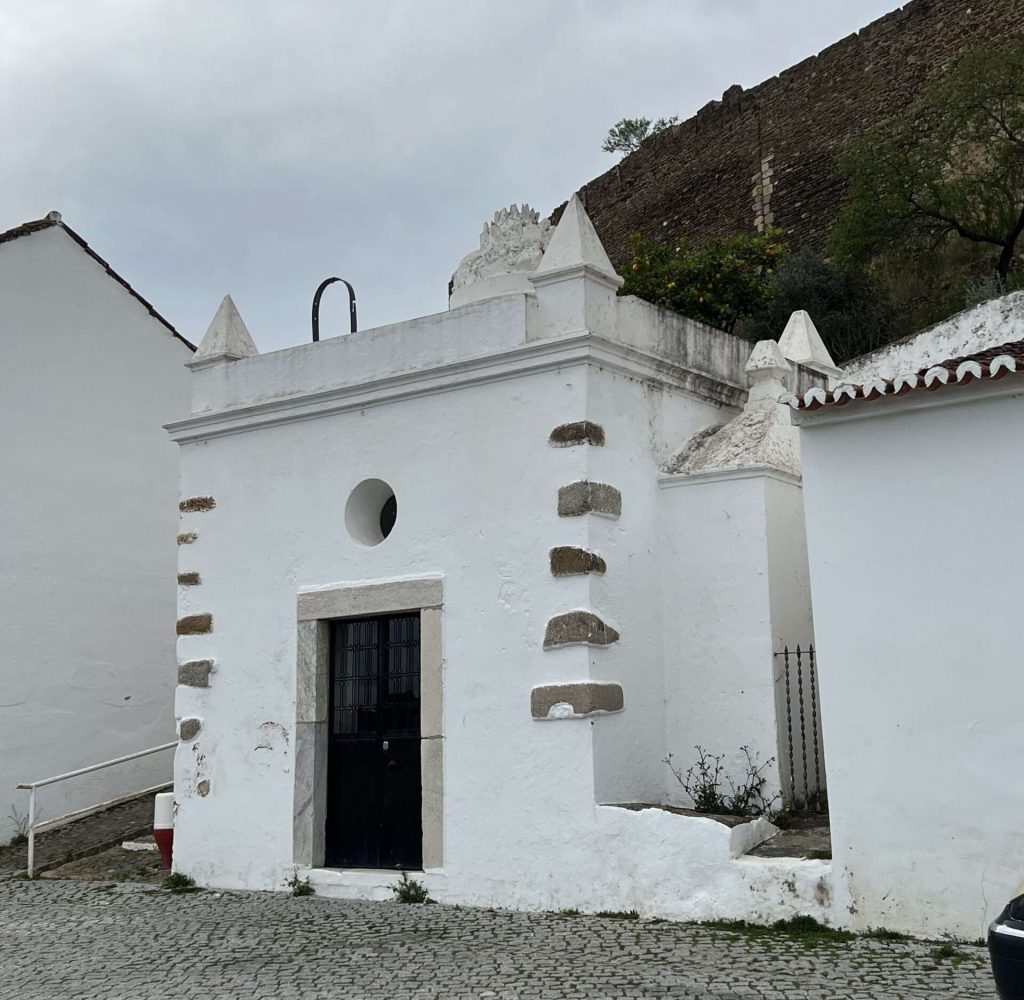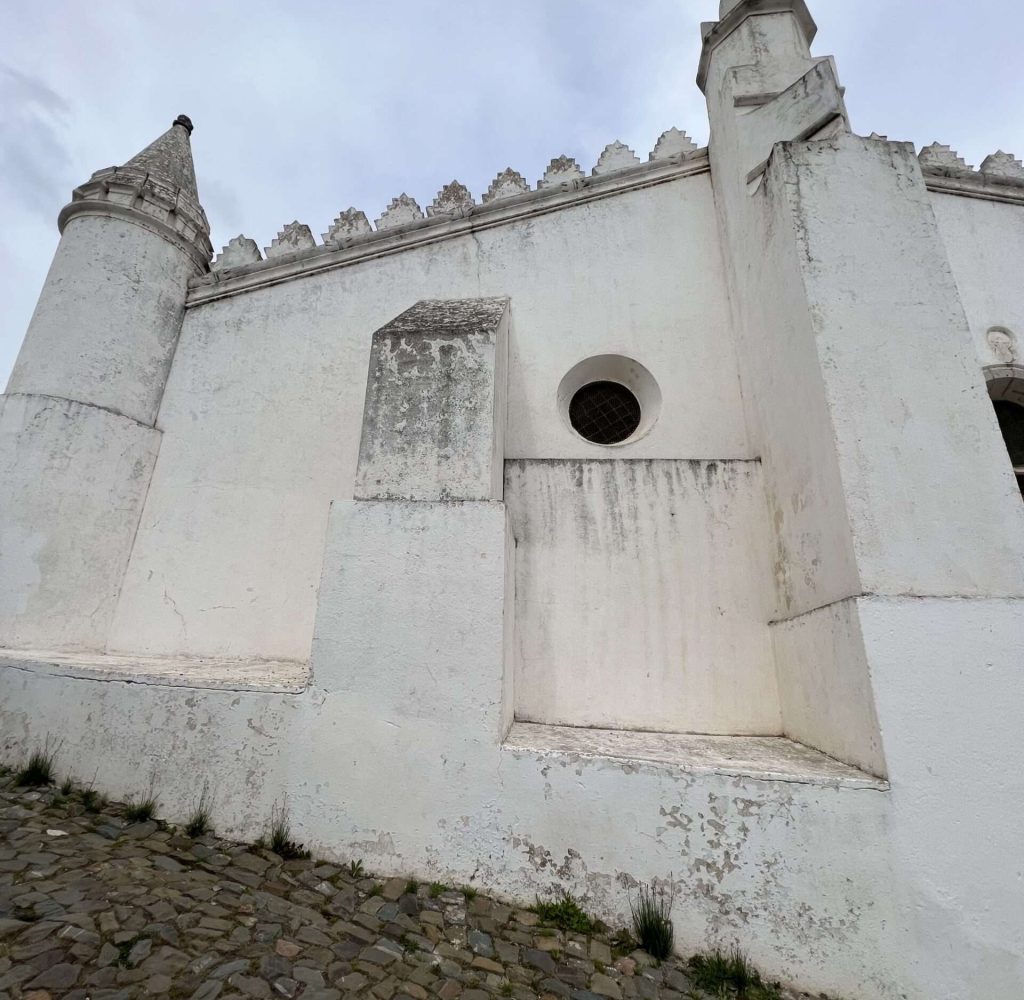Mértola
Mértola’s history dates back to ancient times when it was known as Myrtilis Iulia. During the Roman period, which began in the 2nd century BC, Mértola became an important regional center and a prosperous trading hub. It was strategically located along the Guadiana River, which facilitated trade with other Roman settlements and regions.
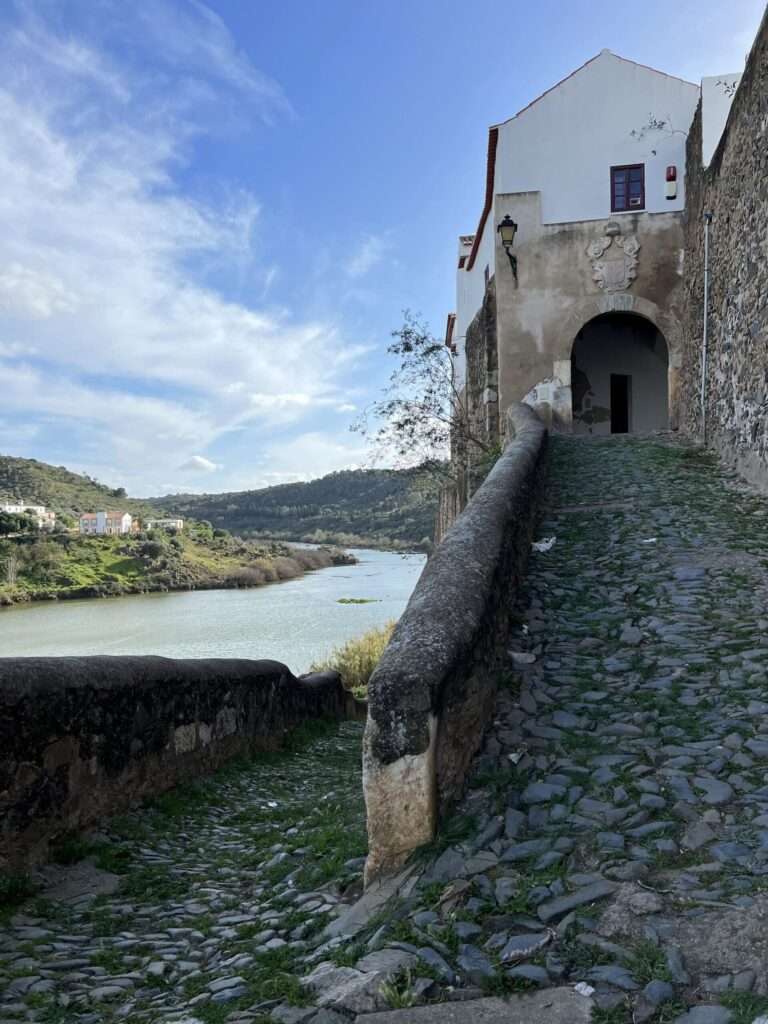
In the 13th century, Christian forces from the Kingdom of Portugal initiated the Reconquista, a series of campaigns aimed at recapturing territories from the Moors. Mértola was eventually conquered by Christian forces in 1238 and became part of the Kingdom of Portugal. With the Christian conquest, Mértola underwent significant changes.
Many of the Moorish structures were converted into Christian churches, and the town took on a more Christian character. However, the Moorish influence is still visible in the town’s architecture and layout.
In the modern era, Mértola has retained its historical charm and has become a destination for tourists interested in exploring its rich heritage. The Castle of Mértola has played a vital role in uncovering and preserving the town’s history, offering valuable insights into its Roman and Moorish past.
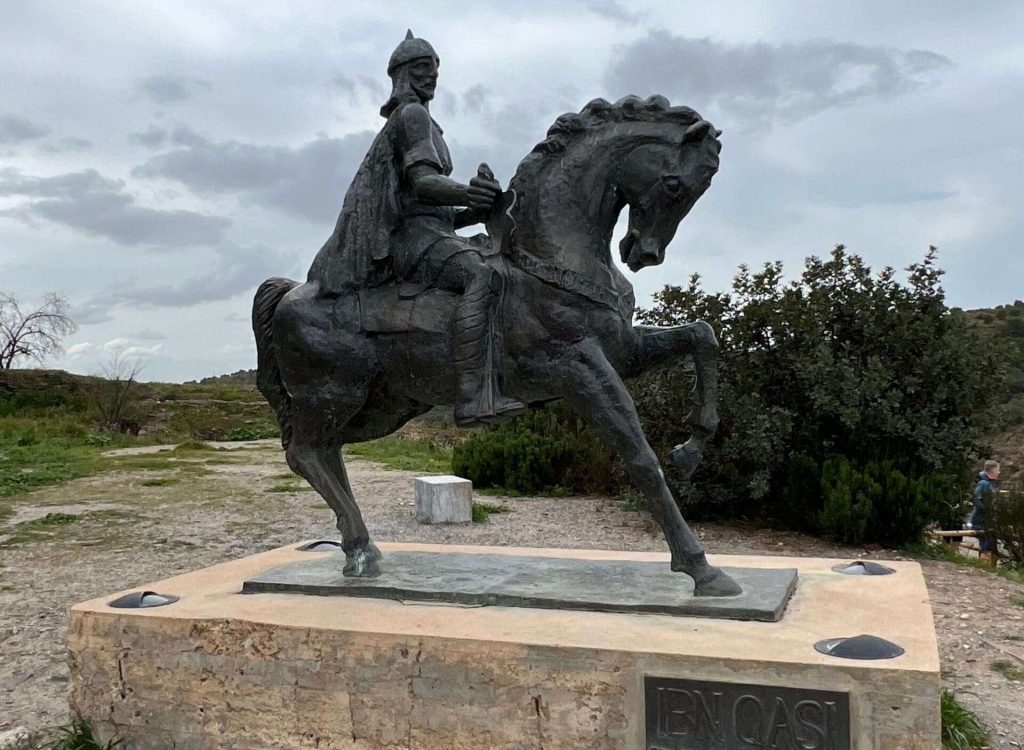
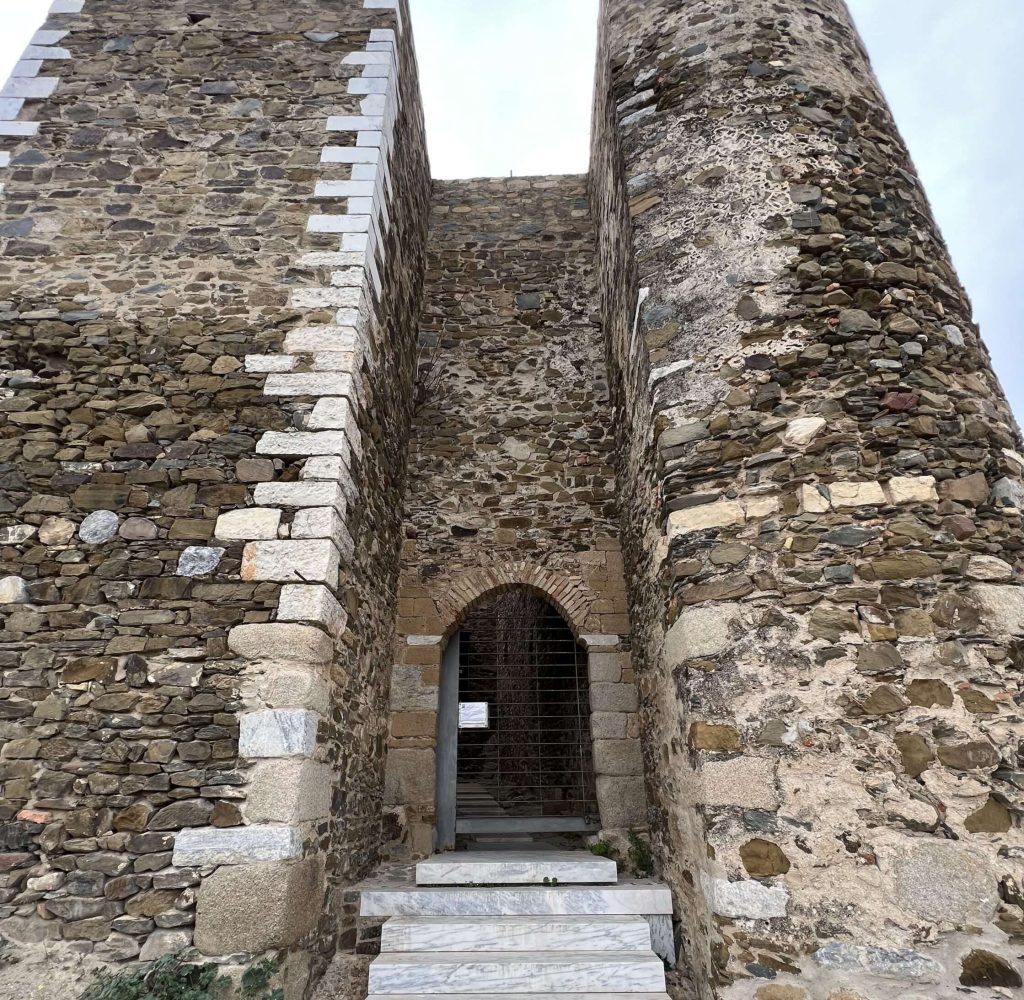
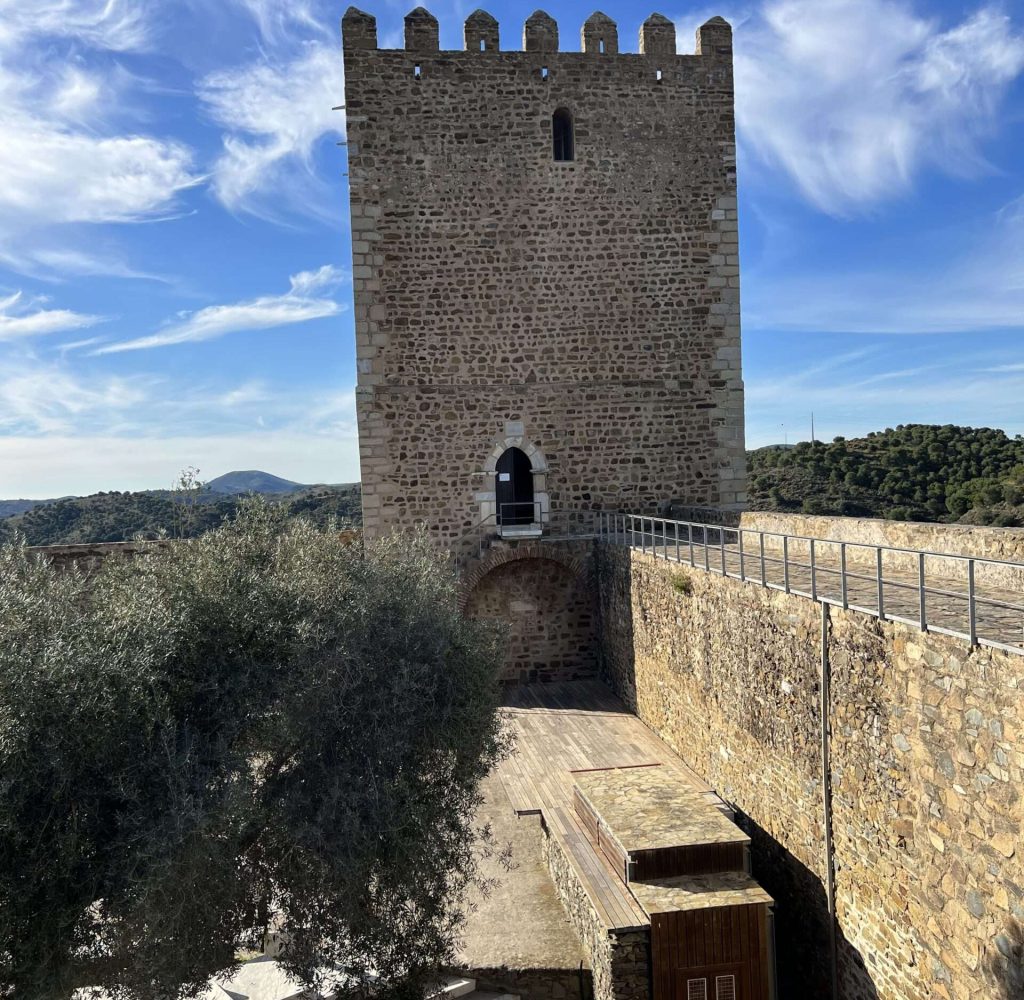
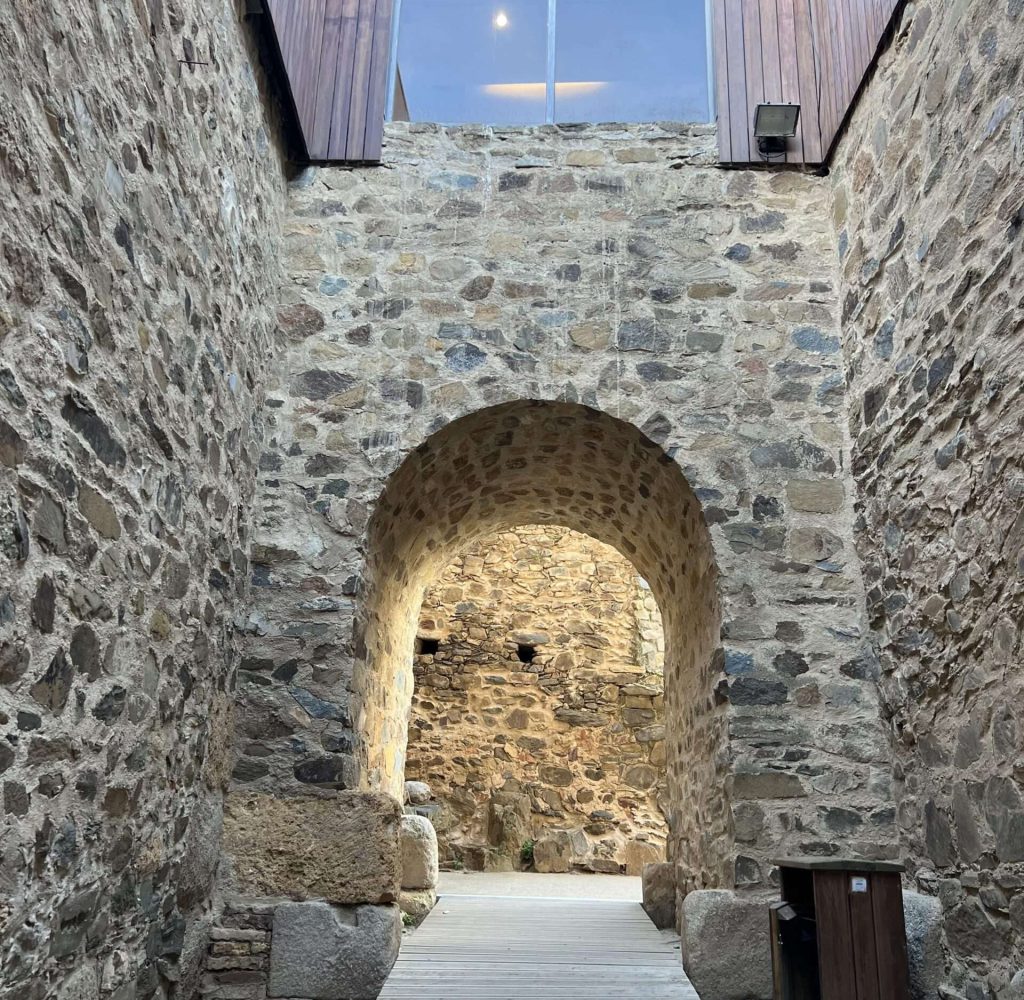
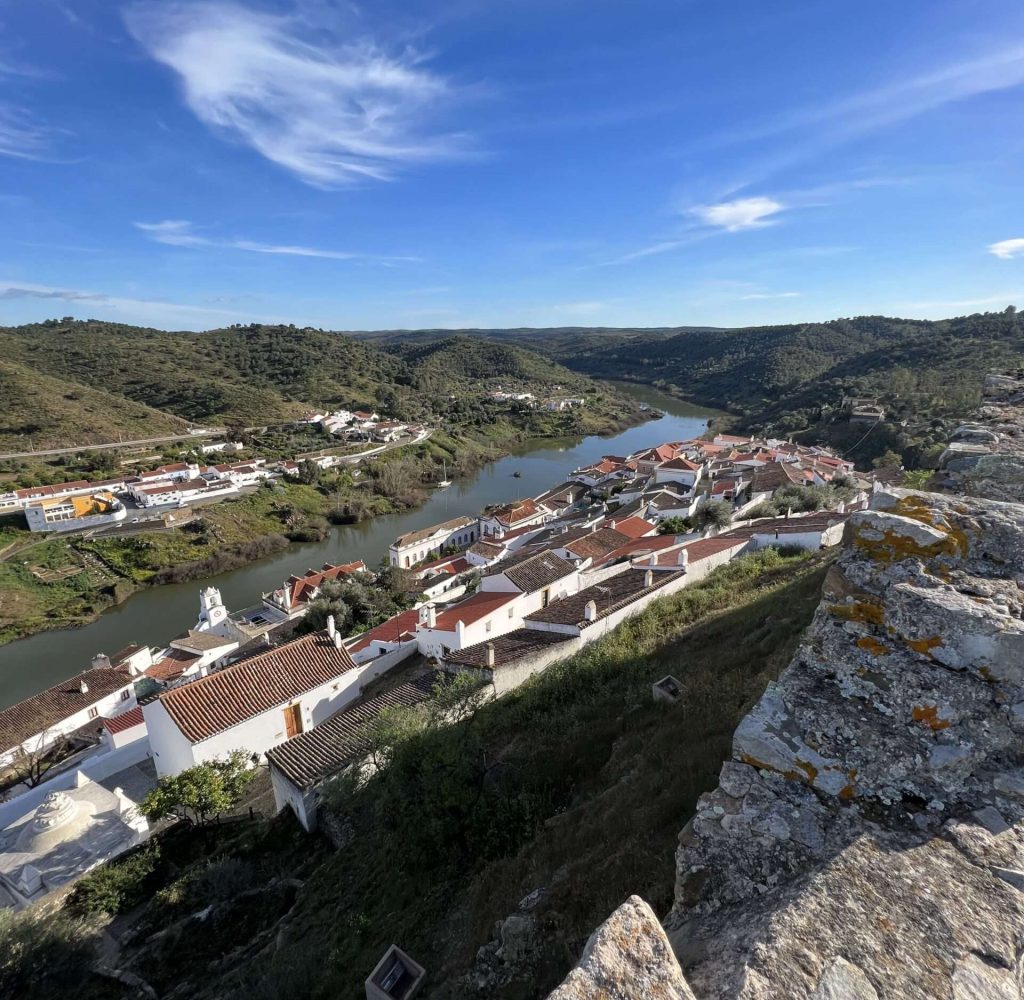
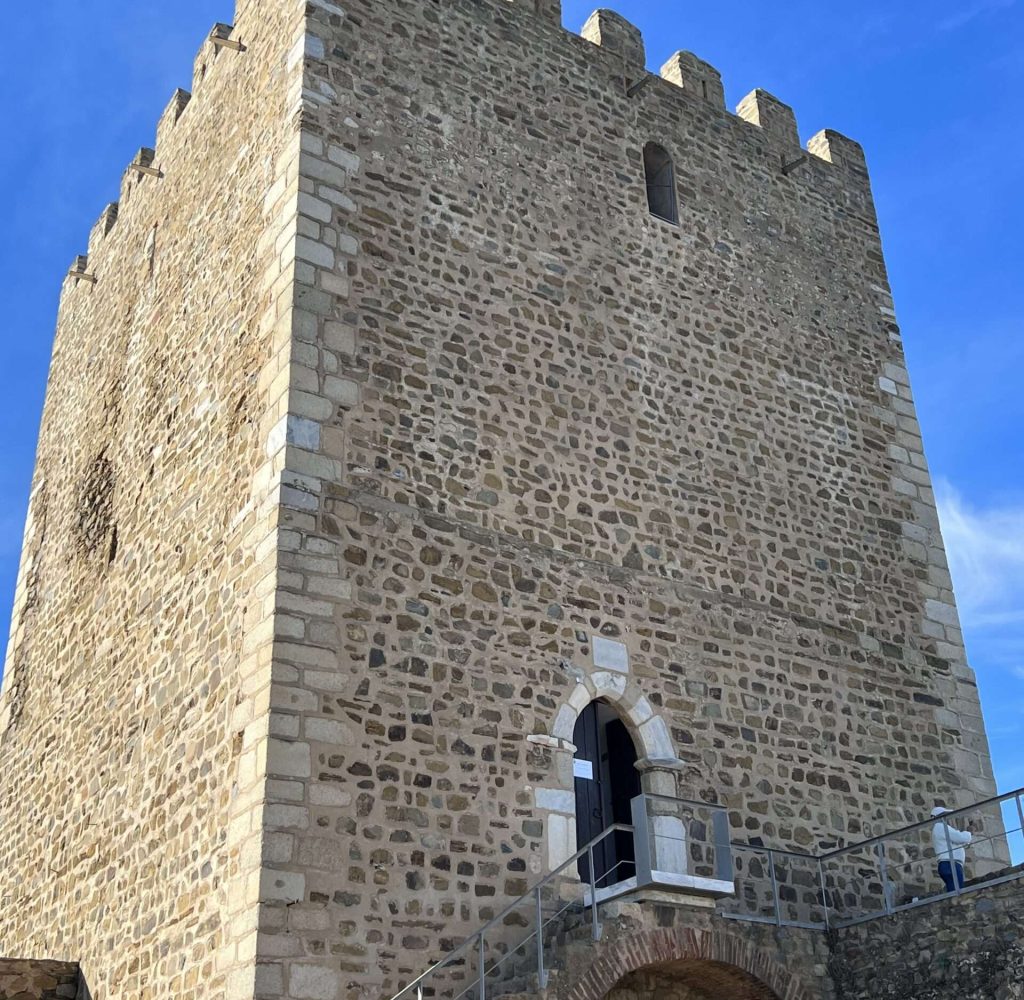
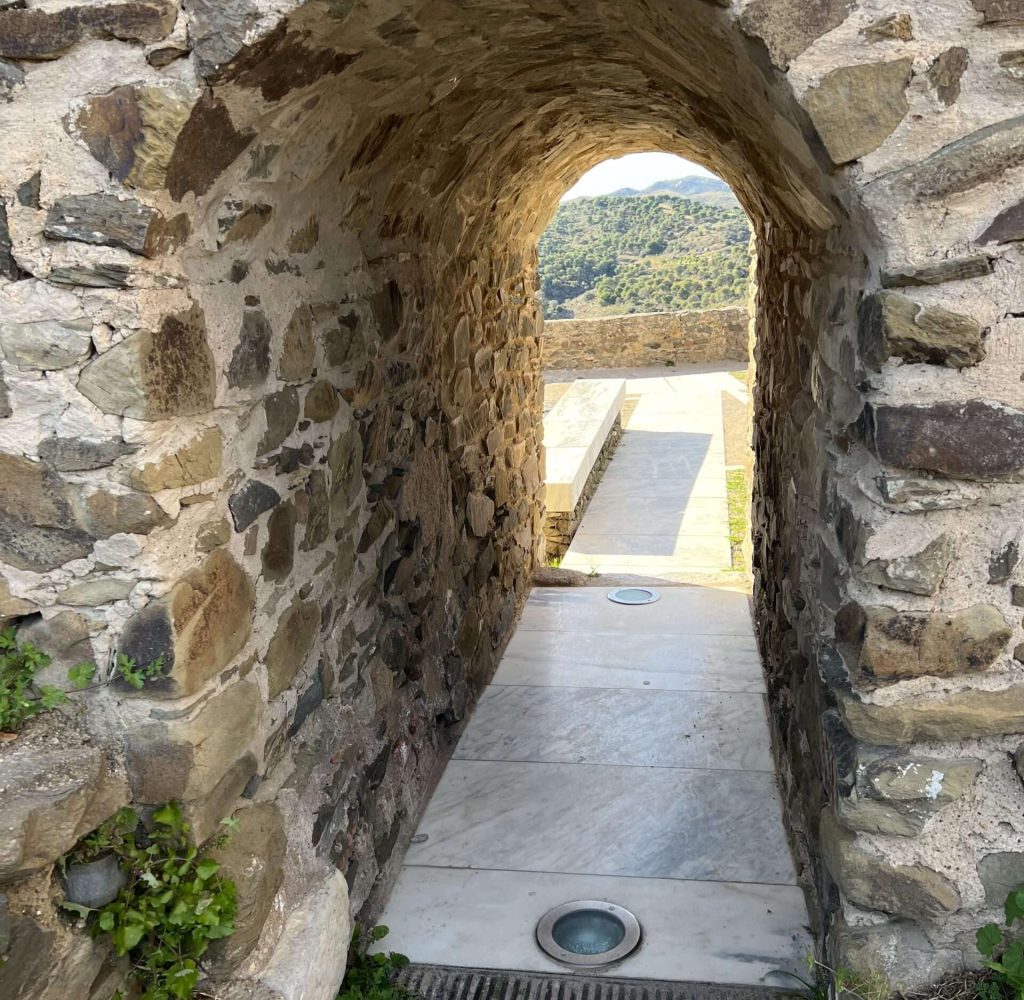
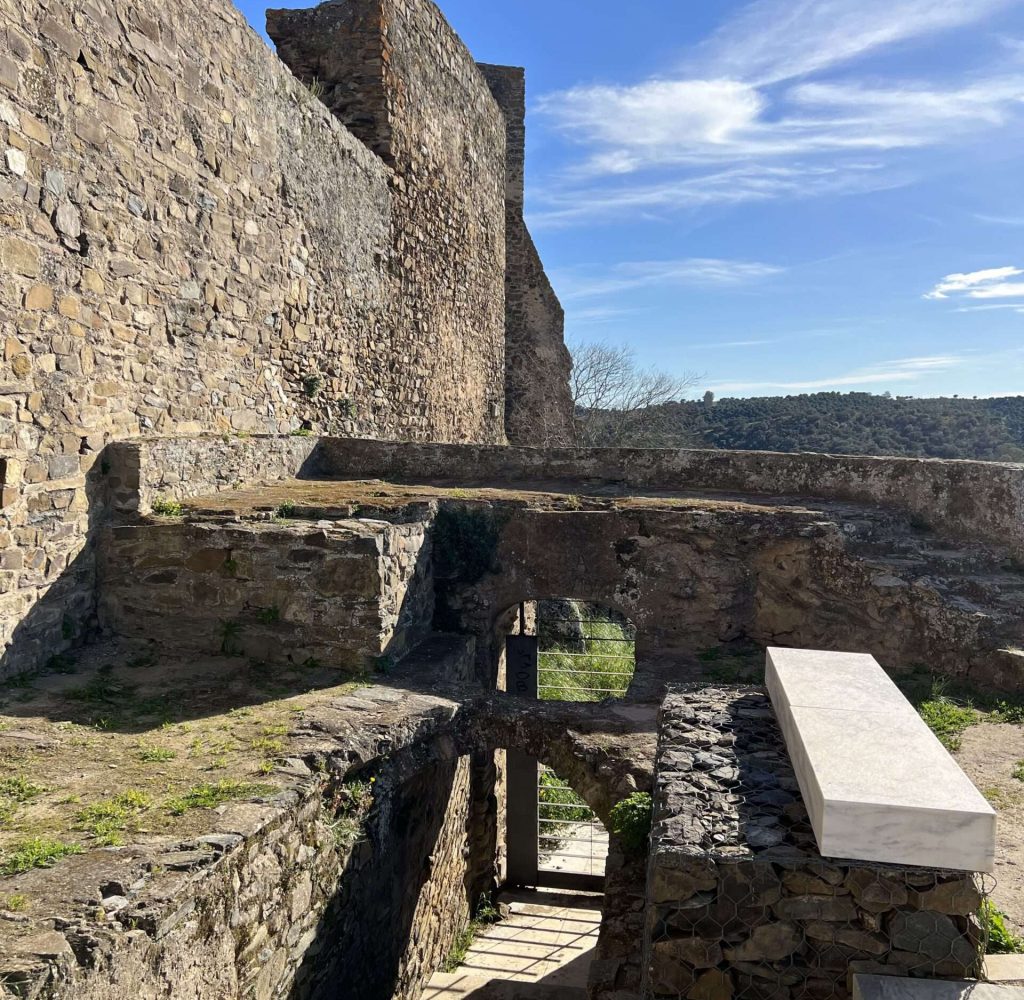
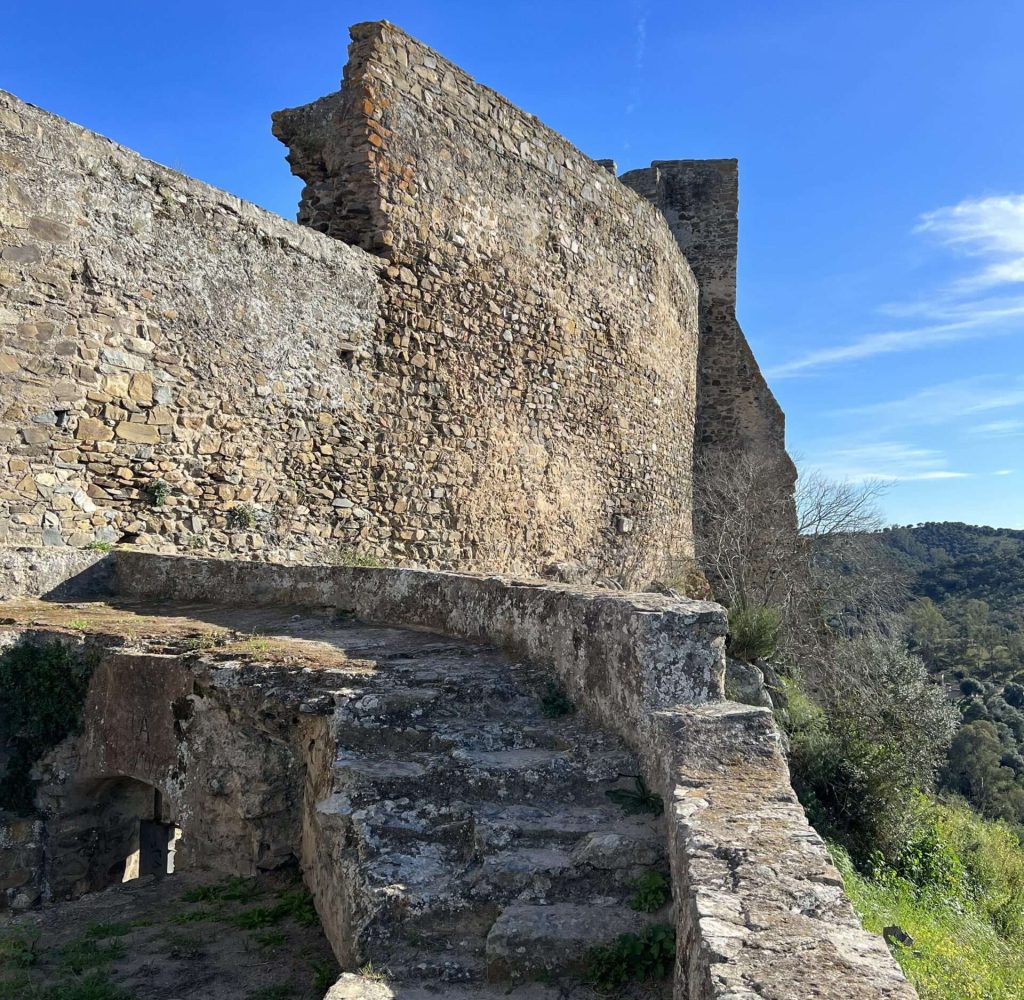
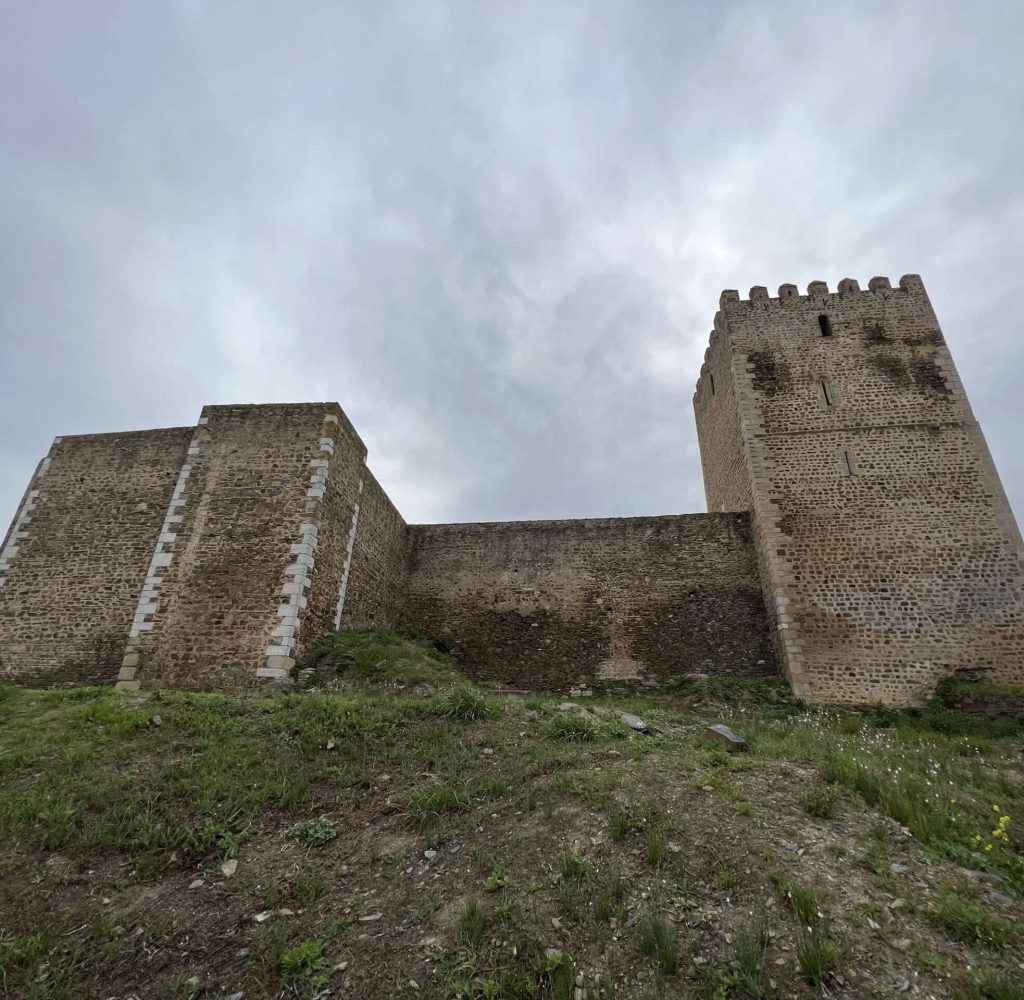
One of the most iconic structures from the Moorish period is the Mértola Castle (Castelo de Mértola). Situated on a hill overlooking the town and the Guadiana River, the castle was originally built by the Moors as a defensive fortress. Its strategic location provided a vantage point for monitoring the surrounding lands and controlling the river trade routes. Over time, the castle underwent expansions and modifications under both Moorish and Christian rule.
Another significant structure from the Moorish period is the Old Mosque of Mértola (which photos you can see in this page) now known as the Church of Nossa Senhora da Anunciação. Originally built as a mosque in the 9th century, it was later converted into a Christian church after the Christian conquest. The mosque’s original layout and elements, including the mihrab (prayer niche) and the horseshoe arches, have been preserved, giving visitors a glimpse into its Islamic past.
In addition to the castle and the mosque, Mértola’s urban layout during the Moorish period featured narrow, winding streets, whitewashed houses, and a central marketplace. The town bustled with commercial activity, as it served as an important trading center for goods such as textiles, ceramics, agricultural products, and metalwork.
Igreja Matriz de Mértola: A Testament to Historical Syncretism
Perched atop the quaint town of Mértola in southern Portugal, the Igreja Matriz de Mértola, or Church of Our Lady of the Assumption (Igreja de Nossa Senhora da Anunciação), stands as a profound symbol of historical and cultural syncretism. This remarkable edifice encapsulates centuries of diverse architectural and religious influences, bearing witness to the rich tapestry of Mértola’s past.
Originally constructed as a mosque during the 12th century, the building’s Islamic origins are evident in its architectural features. The mosque, known for its simplicity and elegance, featured a hypostyle prayer hall with rows of columns and horseshoe arches, common elements in Moorish design. Its location was strategic, dominating the landscape and serving as a focal point for the Muslim community in what was then the Taifa of Mértola.
With the Christian Reconquista in the mid-13th century, Mértola fell under Portuguese control, and the mosque was consecrated as a Christian church. This transition from mosque to church was more than a mere change of function; it involved significant architectural modifications while preserving the essence of its original form. The mihrab, a niche indicating the direction of Mecca, was transformed into a Christian apse.
The addition of Gothic elements, such as ribbed vaults and pointed arches, seamlessly blended with the existing Islamic architecture, creating a unique hybrid style.
